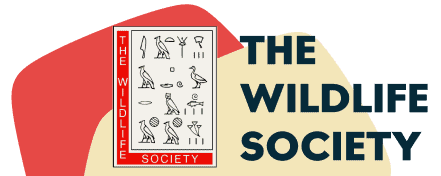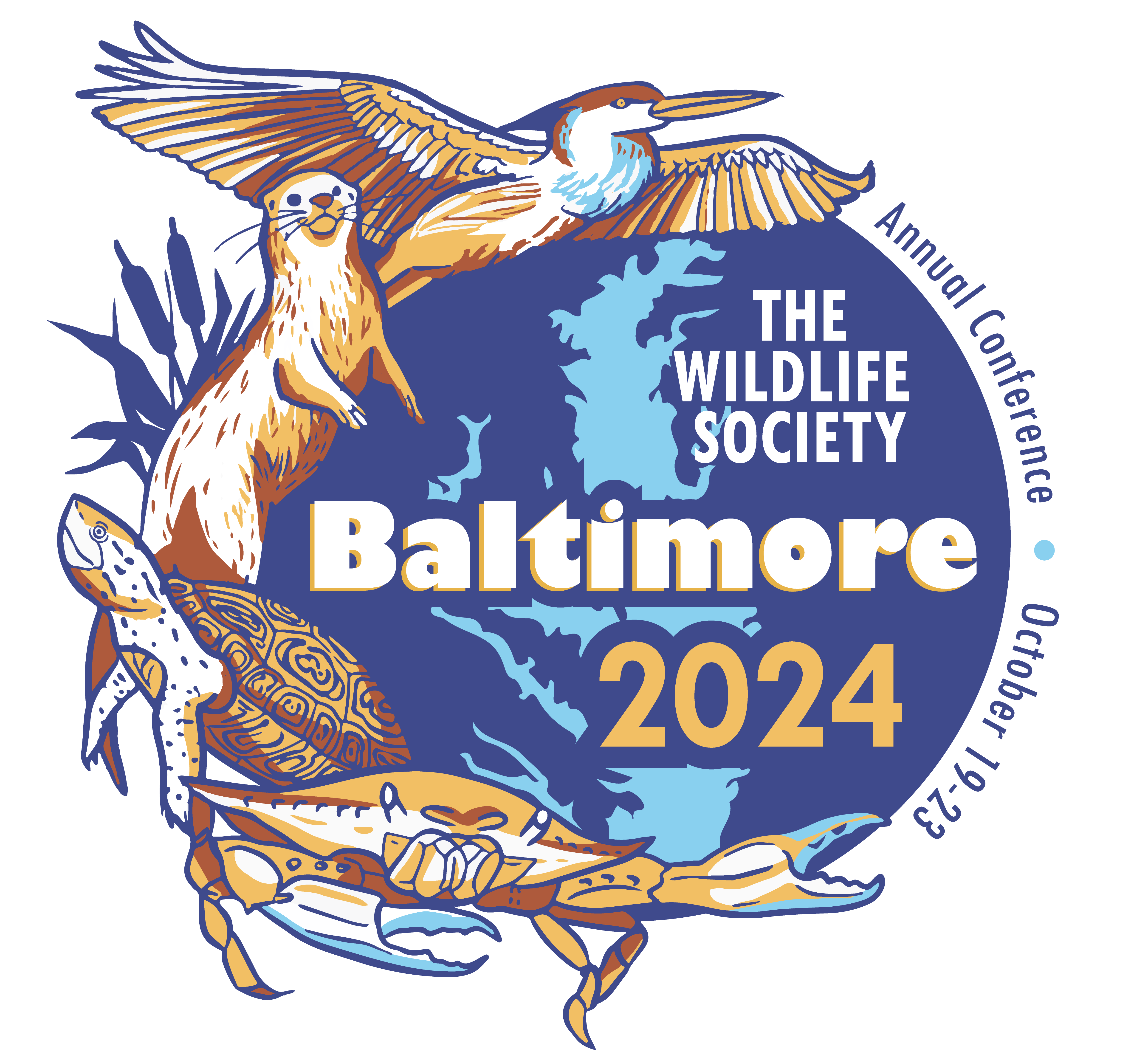- News
-
-
-
-
-
Latest News Articles
- WSB: Study tests accuracy of thermal drone surveys April 26, 2024
- Computer model explores Tribal use of fire for ecosystem health April 26, 2024
- 2024 TWS Elections: Southwest Representative April 25, 2024
-
-
-
- Wildlife Professional Resources
-
- Our Network
-
- PUBLICATIONS
-
-
Recent Posts
-
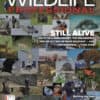 The Wildlife Professional November/December Issue
November 1, 2023
The Wildlife Professional November/December Issue
November 1, 2023
-
-
-
-
-
-
- Wildlife Events
-
-
-
Upcoming Webinars
- No Events
-
-
-
- Who We Are
-
Tag: Bats
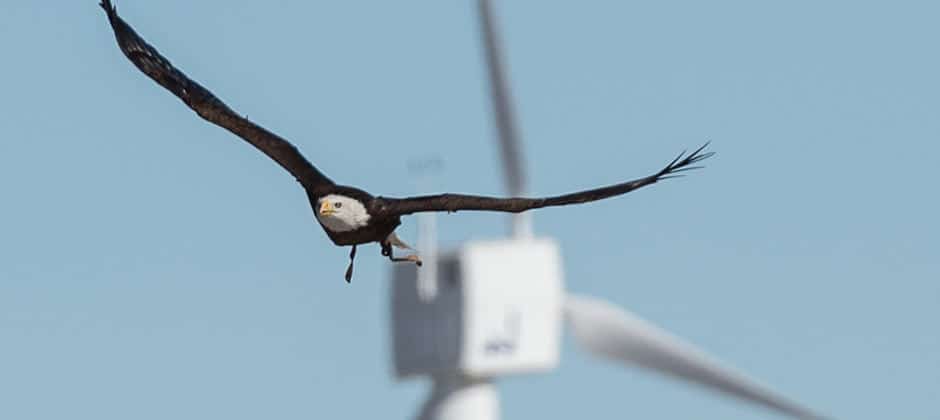
January 30, 2023
Studying carcasses, a lab works to make renewables safer for wildlife
Wind and solar energy projects can be deadly for birds and bats, but the ones that die can play a role in making these facilities safer for other wildlife. At...
November 11, 2022
Amid war, bat rescue continues in Ukraine
As Russian forces advanced this summer on Kharkiv, Ukraine’s second-largest city, the façade of an eight-story apartment building in the Saltivka district suffered heavy damages from shelling, as did many...
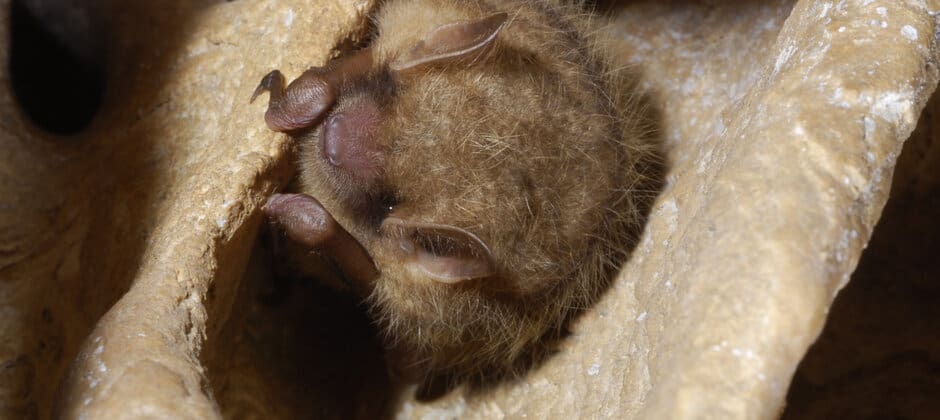
September 14, 2022
USFWS proposed to list tricolored bats as endangered
The U.S. Fish and Wildlife Service has proposed listing tricolored bats as federally endangered due to the widespread impact of the deadly white-nose syndrome. Tricolored bats (Perimyotis subflavus) are found...

September 6, 2022
What bat genes can tell us about coronaviruses
Bats have proteins in their cells that are more pressured by coronaviruses than the same proteins in other mammals, researchers found. That information may help scientists understand more about potential...
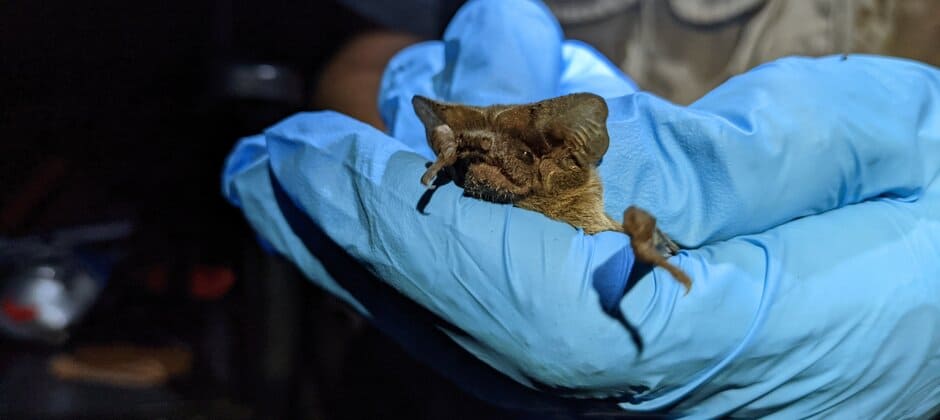
August 24, 2022
Early treatment the best way to protect bats from WNS
Wildlife managers looking to prevent widespread losses of bats to white-nose syndrome need to treat the fungal disease early and intensely. White-nose syndrome, a deadly disease caused by the fungus Pseudogymnoascus...
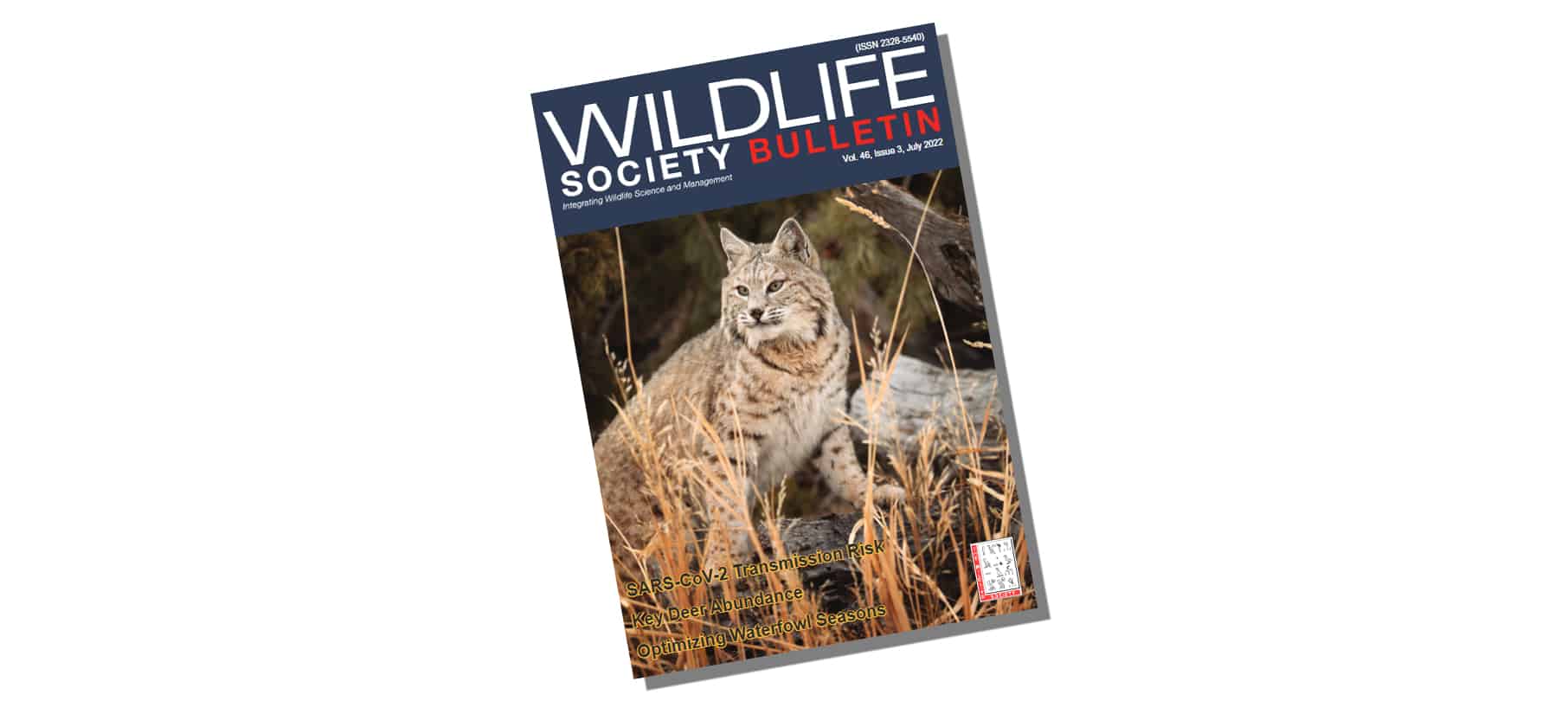
August 15, 2022
The July issue of the Wildlife Society Bulletin
The Wildlife Society Bulletin is a benefit of membership in The Wildlife Society. Published four times annually, it is one of the world’s leading scientific journals covering wildlife science, management and...
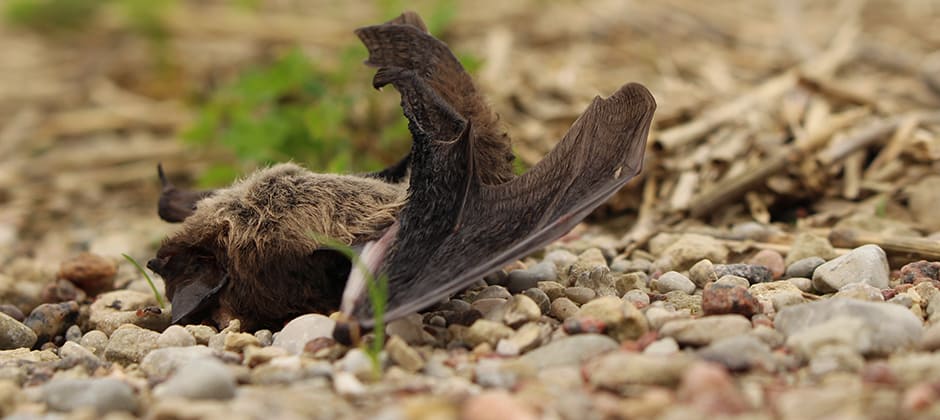
June 23, 2022
Loss of bats at turbines means loss of ecosystem services
As wind energy development increases around the world, the spinning turbines can be deadly to bats, and the ecosystem services that bats provide—like pest control—are lost with them. Researchers in...
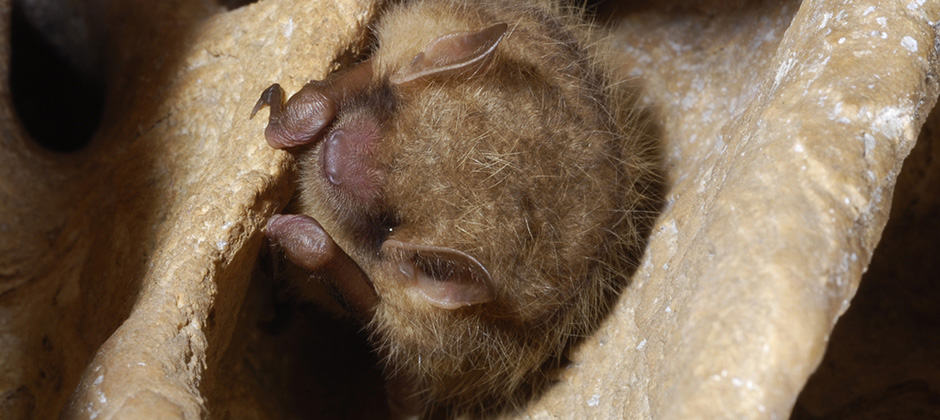
June 14, 2022
Road culverts could be a white-nose syndrome pathway
Southern Georgia doesn’t have many caves, so bats there need to find other places to hibernate. For some the solution is culverts—tunnels that channel water underneath roads. But researchers worried...
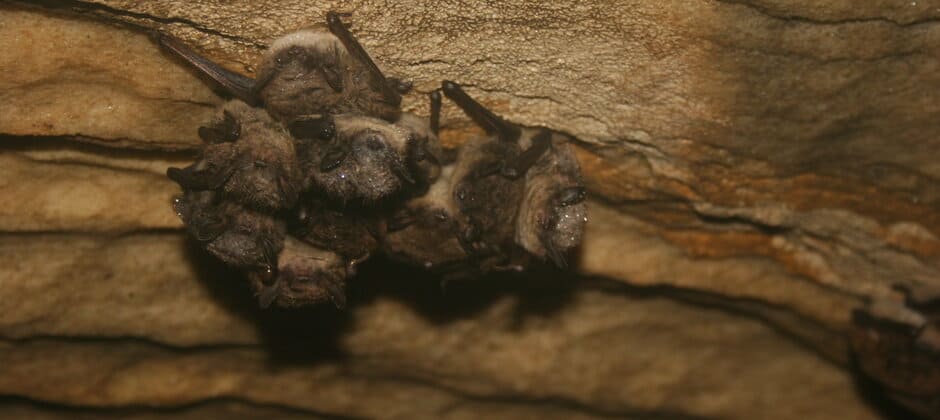
June 8, 2022
WSB: Little brown bats at low risk of catching coronavirus
Increasing rates of vaccination among wildlife managers and mask use has likely reduced the risk of transmission of coronavirus from humans to the bats they work with. Bats can carry...
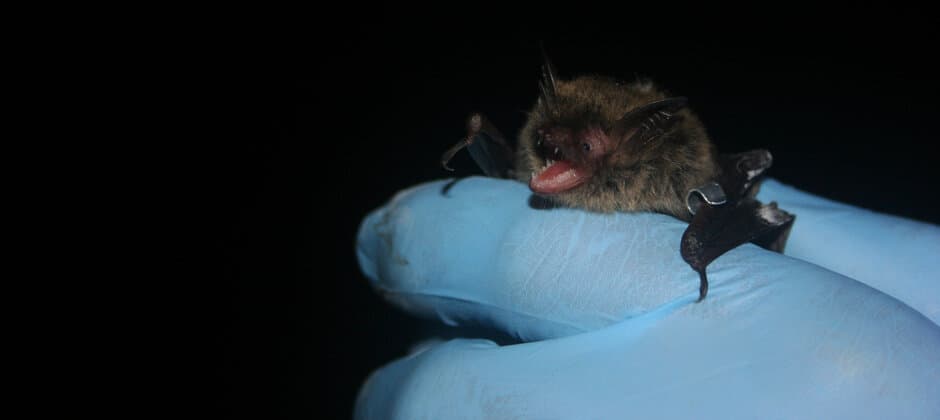
March 29, 2022
USFWS proposes listing northern long-eared bats as endangered
Citing the escalation of white-nose syndrome, the U.S. Fish and Wildlife Service is proposing to reclassify the threatened northern long-eared bat (Myotis septentrionalis) as endangered under the Endangered Species Act....
